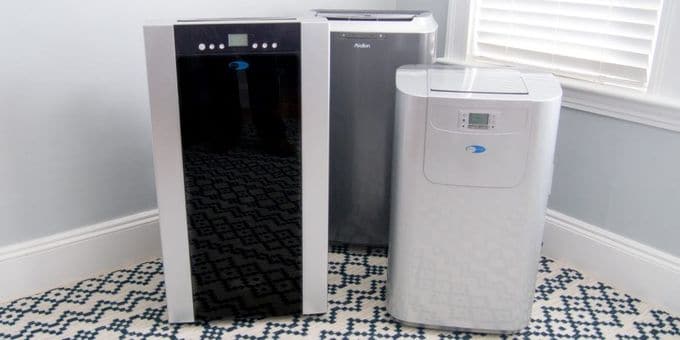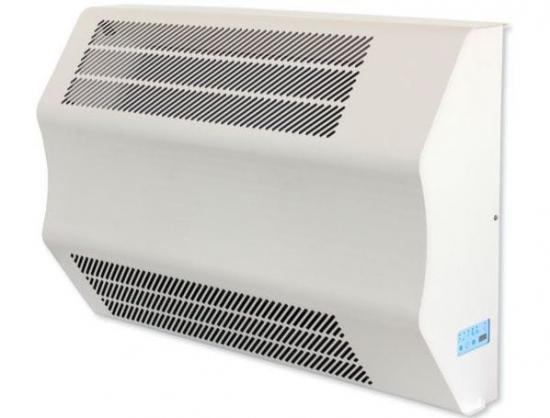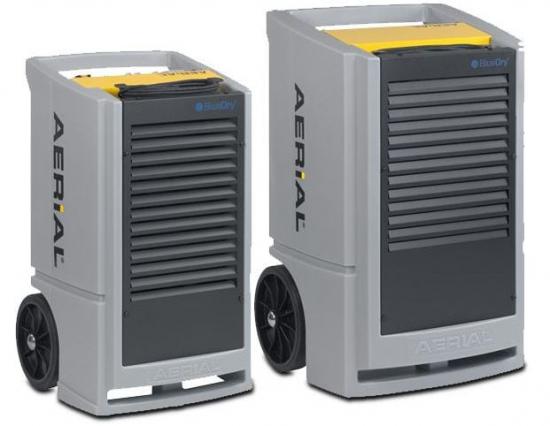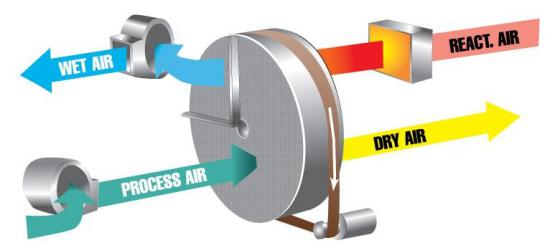Today, dehumidifiers provide most effective maintaining a comfortable humidity level in the living rooms, offices, swimming pools, greenhouses, etc. Of course, the choice of the optimum dehumidifier primarily depends on the area of the room that affects the required model performance.
For example, choosing a dehumidifier for swimming pool has features. Of course, large area of the water surface provokes a high humidity level and requires powerful model with high performance.
The most common causes of high humidity are the following factors:
– incorrect installation of plastic glazed windows;
– location of the dew point at level of room;
– insufficient heat insulation of external walls;
– incorrect work or lack of a ventilation system;
– intensive use of the bath, large jacuzzi or shower;
– absence of a range hood in the kitchen.
The high humidity causes the following problems:
-favorable conditions for pathogenic microorganisms, fungi and mold;
-reducing the lifetime of constructions and structures due to corrosion;
-fogging up windows;
-damage risk of books, furniture, paintings and household appliances;
-reduction of the storage periods for building materials, medicines, household chemicals, etc;
Normal humidity level eliminates these problems. In addition, dehumidifiers have a number of additional features:
-they can used for drying wet shoes and clothes;
-dehumidifiers partially offset the deficiencies of ventilation;
-dry air heats up faster reducing heating costs in winter;
-modern compact models easy are moved between rooms;
-many models are equipped with additional functions of ionization and air purification.
Classification
Dehumidifiers are divided on the stand and portable mobile models.
Mobile models are compact and lightweight. Some dehumidifiers models have wheels for easy movement. These models are well suited for adjustment of moisture level in different rooms.
Stand device is usually placed in the premise center and has a significantly higher performance compared to mobile models. They are attached to the floor or wall. Dehumidifier on the floor is simply connected to the mains via usual electrical socket. Wall mounted models are fixed with the help of brackets.
Universal dehumidifiers can place on the floor or on the wall.
Control includes checking the liquid level in tank for condensate collection and selecting the desired mode. The operation is controlled automatically with the help of sensors. Models with air purification require periodic cleaning of the air filter.
Climatic devices of concealed type are normally mounted in a separate non-residential room due to high noise level of the compressor and fan. This more complex engineering system requires the air ducts.
All such dehumidifiers except models of concealed type are mounted at a certain distance from the heating system. The device location in the premise center provides maximum efficacy.
Dehumidifiers are divided by purpose on the household, semi-industrial and industrial models.
Performance of household model is up to 30 liters per day. Such models are used in the residential apartments, garages, workshops and cellars. They have a small size and are easy to operate.
Semi-industrial models have performance of 200-300 liters per day. They are designed for office buildings, pools, gyms, libraries, etc. Industrial dehumidifiers are installed mainly in warehouses.
Operating principle of condensation dehumidifier
Such models are rarely compact. The operation principle is based on collecting moisture that is condensed from the moist air. The moist air is directed from the room on the evaporator with the help of a fan. Evaporator is always considerably cooler compared to the air temperature due to refrigerant. A sharp temperature decrease causes intense condensation on the evaporator. The condensate flows down over the evaporator surface into a special tank. Such dehumidifiers further heat the cold air that is cooled due to condensation. The dry heated air is returned into the room.
These models are equipped with the following units:
-compressor (may be absent in inexpensive models);
-evaporator (usually in the form of cooling plates);
-capacitor (heating plate).
-fan;
-hose for the draining the water;
-tank for condensate collection;
-external or built-in humidistat.
These models are designed for operation in rooms with temperatures from 15 degrees and above. This device can be used as an additional heat source. This type of dehumidifier is the most practical.
Operating principle of adsorption dehumidifier
These models are used in cases where condensation is inefficient due to the low room temperature (below 10 degrees). Such model heats air and directs it into the rotor with adsorbent for dehumidifying.
After dehumidifying in the rotor the air is directed into the room again. Dehumidifier absorbs moisture through the capillaries of a special sorbent disk on the basis of fiberglass. The need of periodic replacement sorbent is a major disadvantage of these models. These models are often used in the food and pharmaceutical industries.
The operation principle of the innovative adsorption dehumidifier is perfectly illustrated on the video at the end.
Operating principle of assimilatory dehumidifier
These systems provide ventilation with the help of special ventilation ducts between a premise and street. Moist air from the room is directed to the street. Fresh, preheated air is supplied into the room. Such a system has significant drawbacks. Heat goes outside together with air. Accordingly, the heating costs are increased. Moving a large volume of air is accompanied by high power consumption. This factor also increases the operating costs.
Additionally, such dehumidifiers can dry the air in wet cold weather.




